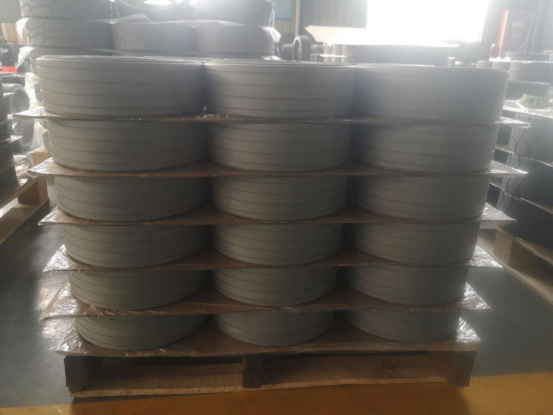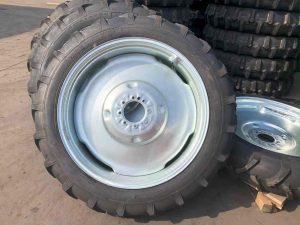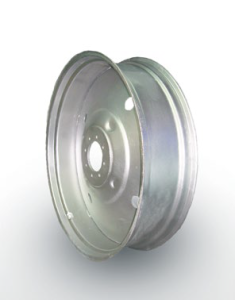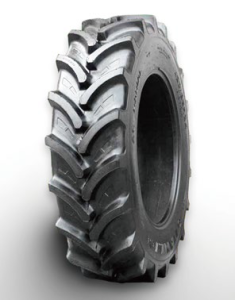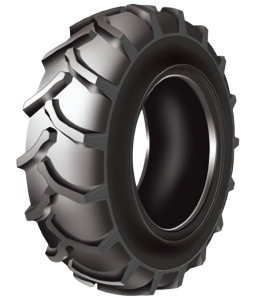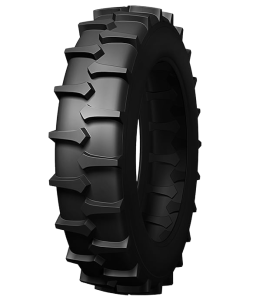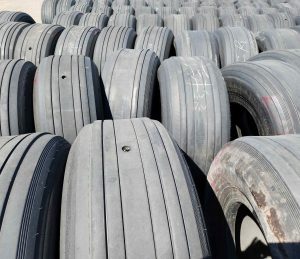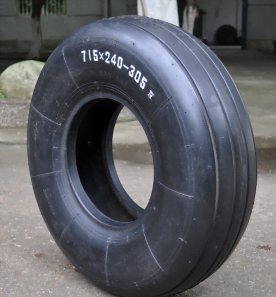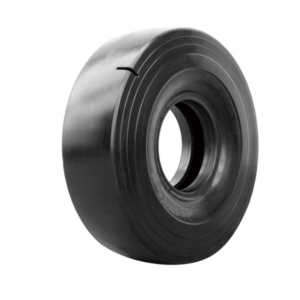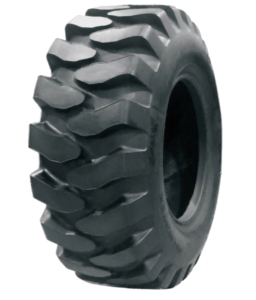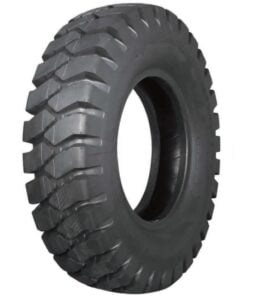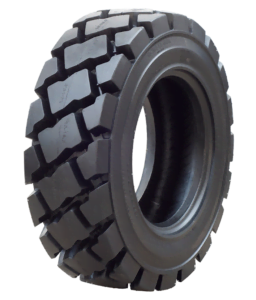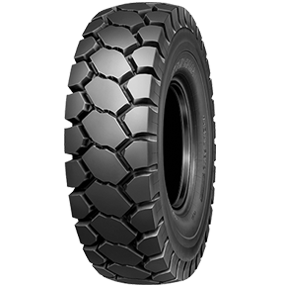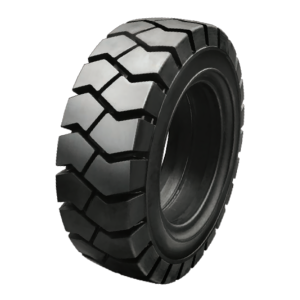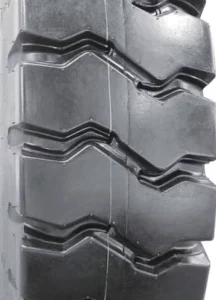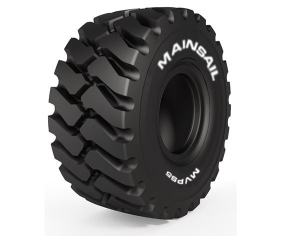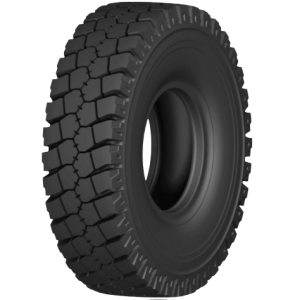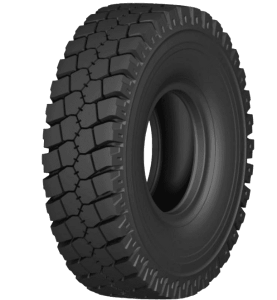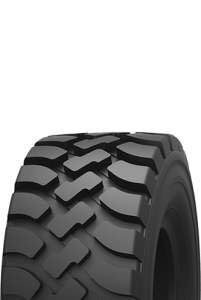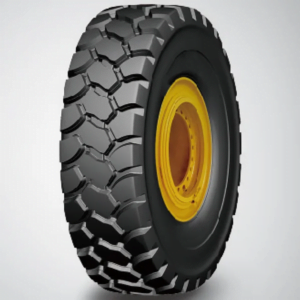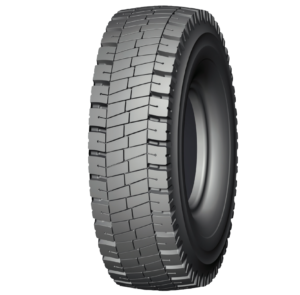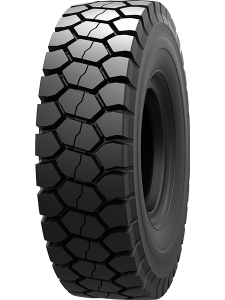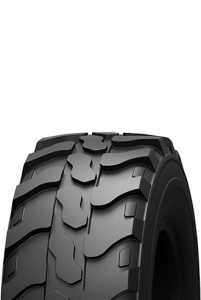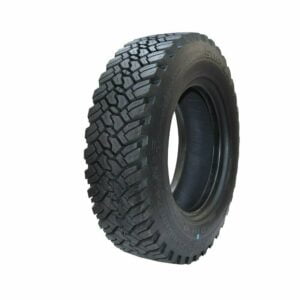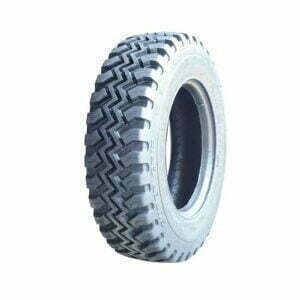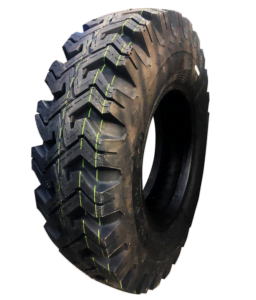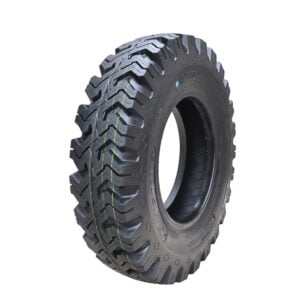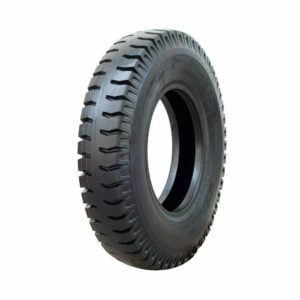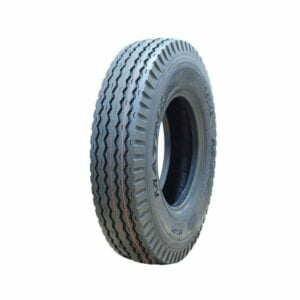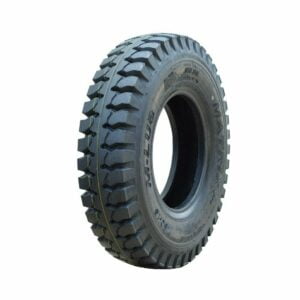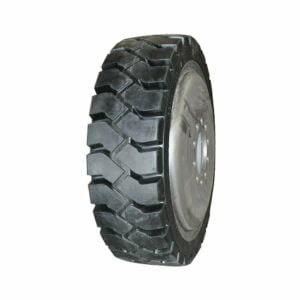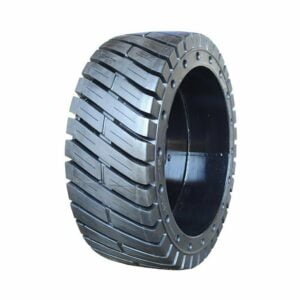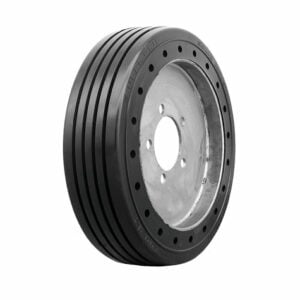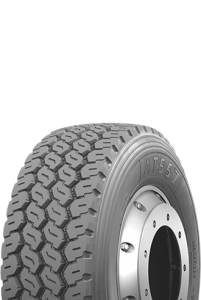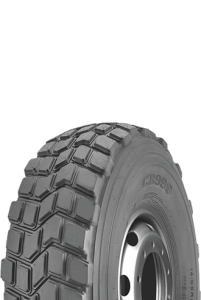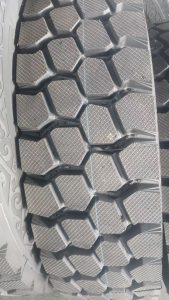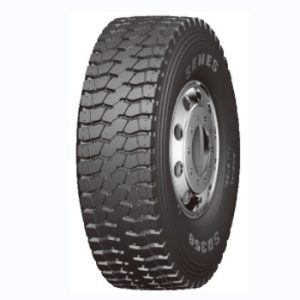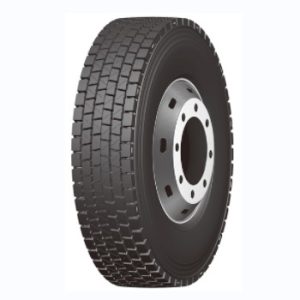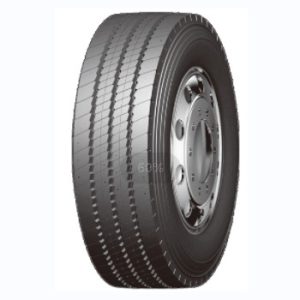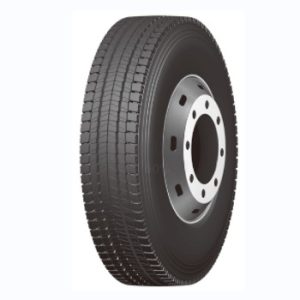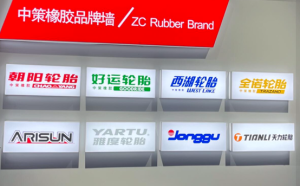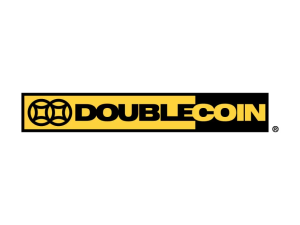What is solid tires?
Definition: According to Wikipedia, solid tires, also named airless tires, are tires that are not supported by air pressure. It is manufactured using layers of rubber that are constructed around a metal frame or a wheel structure that can be mounted to a specific vehicle. They can also be made to fit on rims that are manufactured to support pneumatic tires.
Here are pictures demonstrating its structure
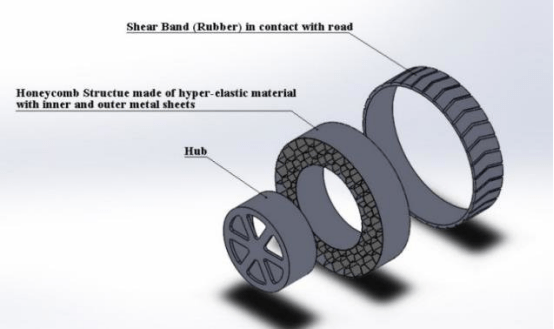
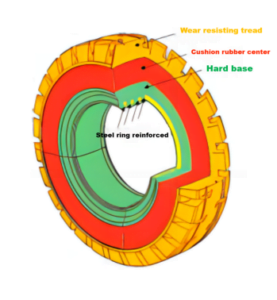
Application
Solid tires serves in a variety of applications. Most solid tires are used in industrial applications for large tractors and trucks that are prone to road and ground hazards. These machines are typically used in construction areas where various metals, scrap, nails, screws, and other hardware may often pierce the tires of heavy-duty vehicles. Recycling centers and landfills utilize solid tires to transport large amounts of material and traverse many ground-level hazards.
Solid tires can also be used for smaller devices. Forklifts use solid tires to maintain stability and the ability to transport heavy loads. Even smaller applications include bicycle tires and lawn mower tires. Solid tires are also placed on castors and are used in many different applications from furniture to movie camera carts.
Here are some specific application examples:
Bicycle tires
Forklift solid tire
Skid loader solid tire
Wheel loader solid tire
Scissor boom lift tire
Mining solid tire
Trailer solid tire
handcart solid tire
Shuttle car
Tank lorry
Off the road solid tire
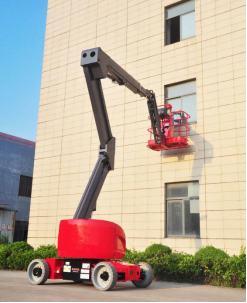
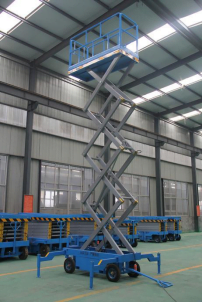
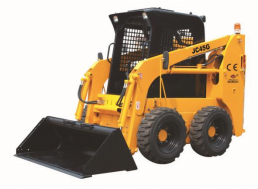
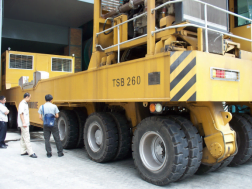
Advantages and disadvantages
As the first tire in history, solid tires are still used, indicating that it has advantages that cannot be ignored compared to pneumatic tires.
Advantages:
- Excellent safety performance
- Significant strong load capacity
- Super wear resistance and puncture resistance
- Longer service life
- Longer replacement intervals
- No worries about air leakage and no need for frequent maintenance
But why can’t solid tires with such advantages replace pneumatic tires? Just as everything is a double-edged sword, solid tires have their drawbacks and limits.
Disadvantages:
- Poor ability to adapt to different road surface
- Utilizationlimits: low speed
- Poor shock absorption
- Oil-consuming tire
- Higher price
Classification
There are different classification criteria for solid tires.
By Structure
According to the structure, solid tires are generally divided into two types – bonded type and non-bonded type.
The former refers to tires where rubber is directly vulcanized on the rim, and the latter refers to tires that are fixed on the rim after vulcanization.
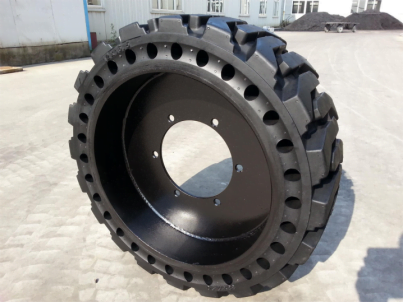
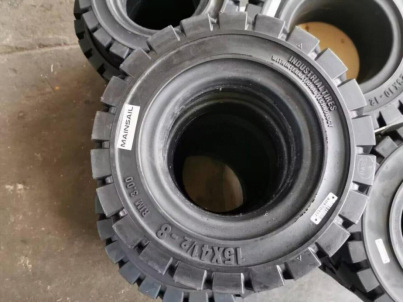
By Use
According to the use, solid tires are divided into anti-static, oil-resistant, high-load solid tires, environmentally friendly solid tires, etc
- Anti-Static tires are used in environments where the electrostatic energy on tires could cause an explosion.Ensure no chance of sparks and prevent fires.
- Oil-resistant solid tires protect against damage or premature wear caused by chemicals and oils on the ground
- High-load solid tires are designed for heavy-duty vehicles and vehicles working in harsh conditions, are durable and withstand long wear cycles.
By Equipment
According to the different vehicles applied, solid tires can be divided into solid skid steer tires, solid scissor lift tires, solid boom lift tires, solid telescopic arm forklift tires, solid wheel loader tires, solid underground tires…
By Working Environment
According to the working Environment, except the general tire, there is a non-marking solid tire which is used in many fields that demands high levels of hygiene. In these situations, tires are required to leave no or less tire marks in the process of using and so that the ground is able to maintain clean. The light-colored rubber formula avoids leaving black marks and braking trace on the ground during driving. That’s the reason why the colors of this kind of tire are mostly white, gray, green, yellow, etc.
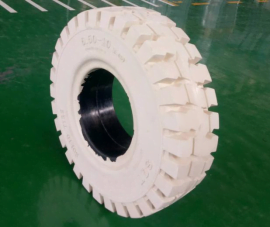
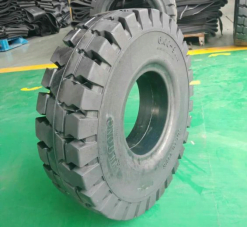
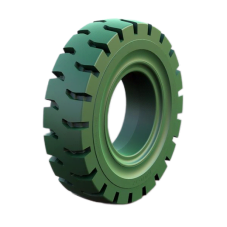
Common Sizes
There are some common sizes of solid tire as following shows,
4.00-8 | 5.00-8 | 6.00-9 | 6.50-10 | 7.00-9 | 7.00-12 | 7.00-15 |
7.50-15 | 7.50-16 | 7.50-20 | 800-16 | 28×9-15 | 825-12 | 825-20 |
9.00-16 | 9.00-20 | 10.00-20 | 11.00-20 | 12.00-20 | 12.00-24 | 14.00-24 |
250×15 | 300×15 | 15×4 1/2-8 | 16×5-9 | 16×6-8 | 18×7-8 | 21×8-9 |
23×9-10 | 27×10-12 | 200/50-10 | 17.5-25 | 23.5-25 | 31x6x10 | 33x6x11 |
Here comes a question —- How to read sizes of solid tire?
There are two type regarding of solid sizes.They are composed of two groups and three groups.
Two groups
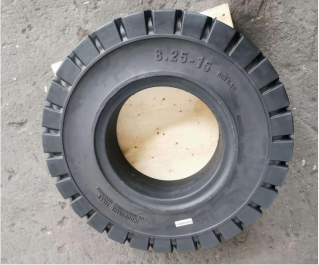
As above photo shows, size of this tire is 8.25-15
Group one: 8.25 It refers to the nominal section width in inches
Group two: 15 It refers to diameter of the rim in inches
Three groups
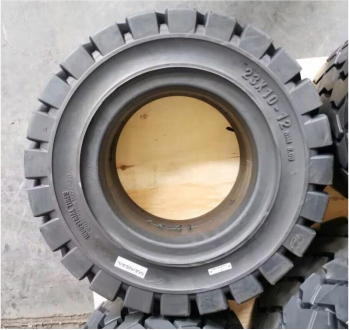
As above photo shows, size of this tire is 23×10-12
Group one: 23 It refers to the overall diameter in inches
Group two: 10 It refers to the nominal section width in inches
Group three: 12 It refers to diameter of the rim in inches
How to select good solid tires for industry applications?
Solid tires have higher quality requirements. That’s why extra care needs to be taken before decision-making.Generally speaking, the quality of solid tires is determined by raw materials and production technology.
The main stream manufacturers almost share the same technology, so the key point lies in the raw materials. At present, there are three kinds of solid tire raw materials, they are:
- Natural rubber imported from Southeast Asia
- Leftover material ofautomobile tires making plus reclaimed rubber
- Rubber powder produced by usedtire reuse plus reclaimed rubber
For tires made of the first raw material (natural rubber imported from Southeast Asia), they show excellent heat resistance and excellent long-lasting working ability. Generally, this tire can work for totally 8 hours.
For tires made from the second and third raw materials, they are more likely to heat up against the ground, resulting in shorter single-day use – only 1-3 hours per day.
Therefore, it is necessary to figure out the raw materials before placing an order.
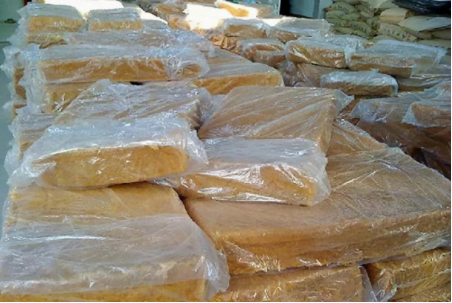
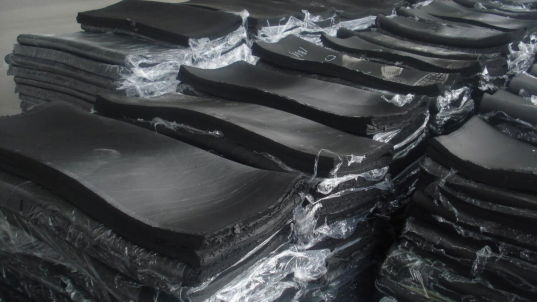
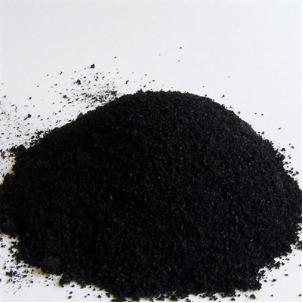
How to store solid tires?
Solid tires should not be directly exposed to sunlight, and should be kept away from harmful substances such as light, heat, grease, acid and alkali. Besides, it is recommended to place them horizontally. If we put them upright, it is easy for them to overturn and might result in injuries.
